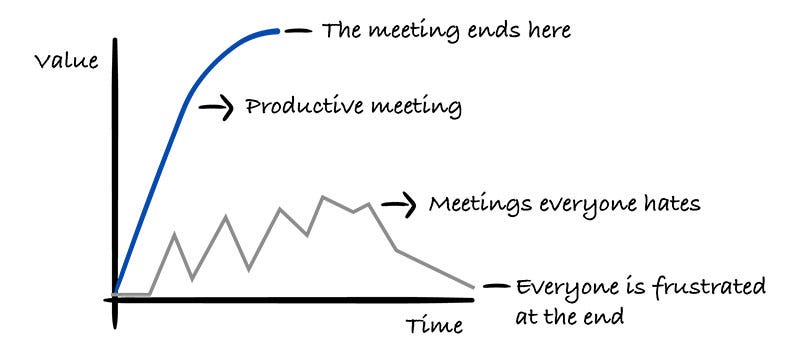Why engineers hate meetings and how to fix it
Use these tips to create meetings that engineers will love to attend!
"I wrote this guest post for the Engineering Leadership newsletter, one of the biggest publications on the topic. Enjoy our collaboration with Gregor — be sure to check out his excellent work!"




